It’s not the heat that gets you; it’s the humidity. A visceral concept, Homo Sapiens must have endured the complications of atmospheric moisture since their very earliest days. However, it is purported that the Chinese were the first to study the phenomenon. In the third century CE, they constructed a simple tool of clay and charcoal to determine whether the air was wet or dry. In 1480, Leonardo da Vinci built the world’s first Hygrometer, a device used to measure the amount of water vapor in the air. Down the line, Sir John Leslie invented a wet-dry bulb sensor in the 19th century, and improvements in design continued apace.
The discomfort associated with high humidity stems from two factors. Firstly, it enjoys warmer climes — air at 95 degrees Fahrenheit can hold 6 times more water vapor than air at 41 degrees Fahrenheit. Second, it inhibits one of the body’s principal ways of keeping cool via sweat glands. In times of high humidity, sweat cannot evaporate. Instead, it clings to your body and clothes, bringing with it the telltale uncomfortable stickiness of a hot, wet day. Meanwhile, the so-called dew point is reached when the air becomes so drenched with moisture that it simply cannot contain anymore. And, of course, the closer you get to maximum saturation, the more humid it feels.
This is not to say that nations and cities that experience high humidity should be avoided. Choosing the right time to travel there is often critical. Sure, there are some
places you should never visit in summer,
but everywhere has a down-season. Just double-check that your hotel room is air-conditioned.
Read more:
The Most Dangerous Spring Break Destinations To Avoid, According To Research
Palma, Spain
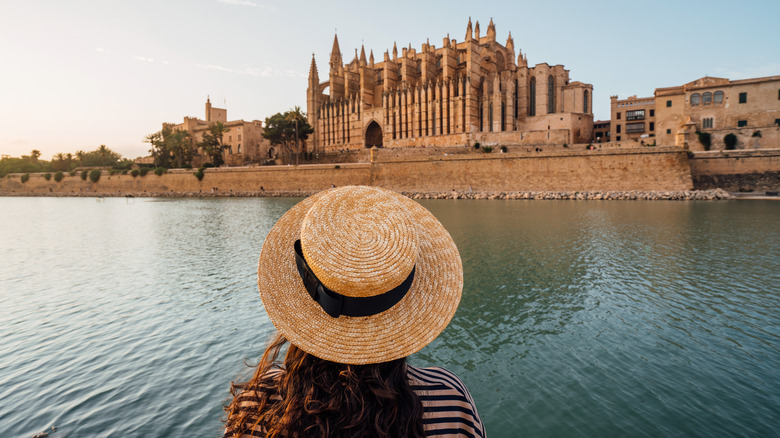
It may surprise some people that Europe does not feature heavily in this list. To be sure, there are some extraordinarily hot and humid places in Europe. Valencia —
one of the most charming and budget-friendly European destinations
— boasts 116.8 days of unpleasant humidity. Other places, mostly found in either Spain or Italy, follow closely behind.
Even though no place in Europe comes close to matching the high humidity levels found in tropical regions, the beautiful coastal town of Palma still claims the top spot among European cities. As the main city in Majorca, Palma is renowned for its breathtaking beaches, culinary treats, and vibrant night life. With an impressive 300 sunny days annually, the humidity becomes unpleasant about a third of the time. What defines discomfort may differ from individual to individual; however, generally speaking, conditions exceeding 60% or falling below 30% humidity are considered far from optimal.
Regardless, people still pour into the area. In 2023, Mallorca attracted more than 12 million tourists to its idyllic islands, peaking in July when temperatures reach some of their highest and most humid levels. With an abundance of beaches and swimming pools available, cooling down is never difficult. For those making use of these facilities, the moist heat becomes quite bearable.
Balikpapan, Indonesia
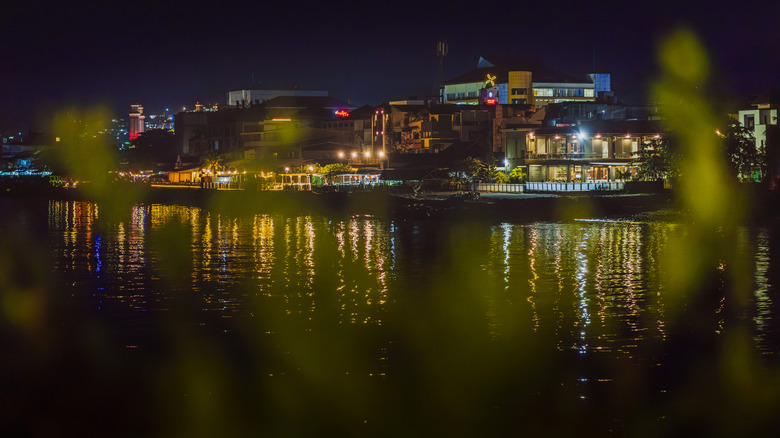
Approximately midway along Borneo’s eastern coastline, about five miles north of the breathtaking Kemala beach, you’ll find Balikpapan—a lively urban center home to around 680,000 residents and visited frequently by travelers from across the region and farther away. This city boasts attractions such as a busy marketplace known for its gemstones, the impressive Masjid Agung At-Taqwa mosque, and the beautiful shores of Kemala Beach. When considering a vacation destination, Balikpapan covers all essential criteria; however, anticipate consistently warm weather during your visit.
Uncomfortable levels of humidity occur on no fewer than 365 days a year, a number that far outshines anything Europe can muster. And that’s not the worst of it. For a full 268.8 days of the year, the humidity reaches extreme levels. Such a metric — defined as a temperature of 75 degrees Fahrenheit or above, working in concert with the dew point maximum — is something you’ll feel deep down inside. Still, the sea temperature is pleasant all year round, though December to April is marred by often excessive rains. Thankfully, between June and October, things tend to ease off a little. During such times, those looking for
perfect spots for environmentally-aware expeditions
you will discover that the dense rainforests of Borneo can be explored quite comfortably. As for the rest, the inviting beaches await.
Cartagena, Colombia

In recent years, an increasing number of South American cities have seen growth or improvement.
snagging the web with their individually thrilling travel prospects
appears to have grown dramatically. Cartagena ranks quite high on that list due to various factors. Proximity is undoubtedly one of these factors. Flying directly, Cartagena is roughly a two-and-a-half-hour flight from Miami, which makes it one of the nearest South American getaways to the United States.
When they arrive, visitors find themselves in a bustling seaside city steeped in old-world allure. Established in 1533, Cartagena de Indias—its complete name—is notable for being a crucial part of Spain’s systematic effort to extract as much silver from the Americas as feasible at that time. Naturally, during those times, it served prominently as a significant slave trading hub too.
Nowadays, it is widely recognized for the traces of its vibrant history. Visitors crowd to the Castillo San Felipe de Barajas, a 17th-century fort perched above the city, renowned for its historical invincibility. Strolling along the old town’s historic ramparts offers fantastic vistas of the city’s charming, colonial buildings. Furthermore, the beaches lining its Caribbean coast meet all expectations—golden sands, unspoiled beauty, and stunning scenery.
The city endures consistently high humidity throughout the year, with 248.9 days categorized as extremely humid. Despite this, taking a plunge in the sea usually alleviates the discomfort of the day quite effectively. However, a recent travel advisory issued by the U.S. government poses greater worry for visitors. Travelers are advised to verify current conditions prior to scheduling their journey.
Suva, Fiji
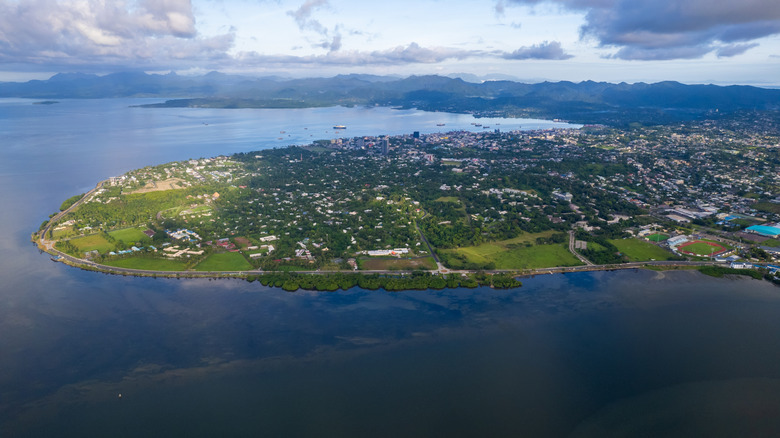
When folks think about Fiji, visions of pristine white sand shores, flawless coral reefs, turquoise seas, and a vibrant cultural legacy typically come to mind. However, the high levels of humidity one might encounter during their trip tend not to be as prominent in these thoughts. Situated in the South Pacific Ocean, roughly four hours’ flight northeast from Auckland, New Zealand, Fiji comprises nearly 300 islands. Viti Levu, the bigger of the pair principal landmasses, hosts Suva, which serves as the nation’s bustling capital. This urban center overflows with lush public spaces, majestic colonial-era buildings, lively native bazaars, and dazzling evening scenes.
This urban area is ideal for biking and naturally serves as a haven for surfers. Nonetheless, excessive heat poses challenges. Throughout the year, temperatures usually stay above 70 degrees Fahrenheit, often reaching averages in the upper 80s. When this warmth combines with approximately 356.6 days annually featuring uncomfortably high humidity, it becomes clear why aquatic pursuits are immensely popular among residents and visitors alike.
Cairns, Australia
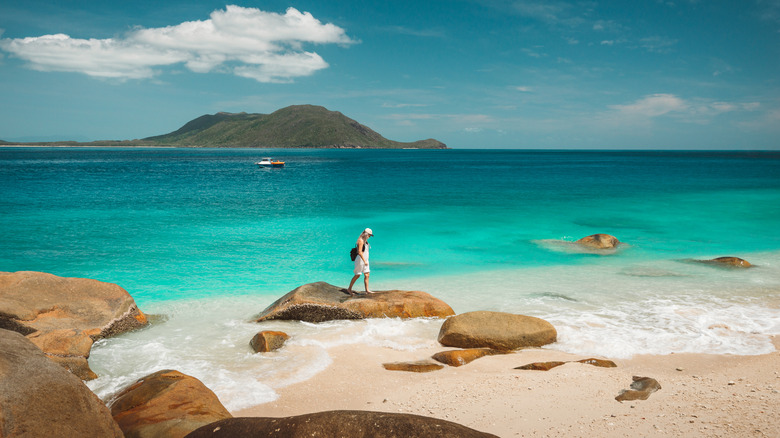
Just as with Fiji, many of us have an image in our minds about what Australia looks like. It includes the deep harbors.
hazardous animals you should steer clear of,
Unmatched waves for surfing, coupled with exciting urban centers come to mind. The Sydney Opera House, the vast Great Barrier Reef, and kangaroos often capture our imagination. Even the country’s fondness for Vegemite occasionally crosses thoughts. However, people seldom consider Australia’s lush northern region, which is quite unfortunate actually.
When people think off the cuff about Australian cities, they often start and finish their list with Sydney. Savvier tourists may add Melbourne, Adelaide, or Brisbane to the mix; occasionally, someone remembers that the actual capital city is Canberra. Even fewer individuals bring up Cairns. Nestled at the northern part of Australia’s eastern coast, approximately 24 miles west from the Trinity Reserve Forest, this vibrant coastal town boasts just over 150,000 inhabitants but manages to punch far above its population weight class.
Cruising through ancient tropical rainforests via cable car, plunging into the waters of the Great Barrier Reef, or just mingling around eateries and pubs—these experiences abound. Despite inviting you to delve deeper into its wonders, the city also promotes taking things easy. In fact,
creating a custom Australian journey by following the Great Ocean Road
It stands alone as an experience. In terms of temperature, conditions are somewhat challenging due to the high humidity levels. The city boasts 315 days per year with hard-to-tolerate moisture. Although winters, spanning from June to August, bring slightly milder temperatures, you might still encounter peak readings at around 78 degrees Fahrenheit.
Libreville, Gabon
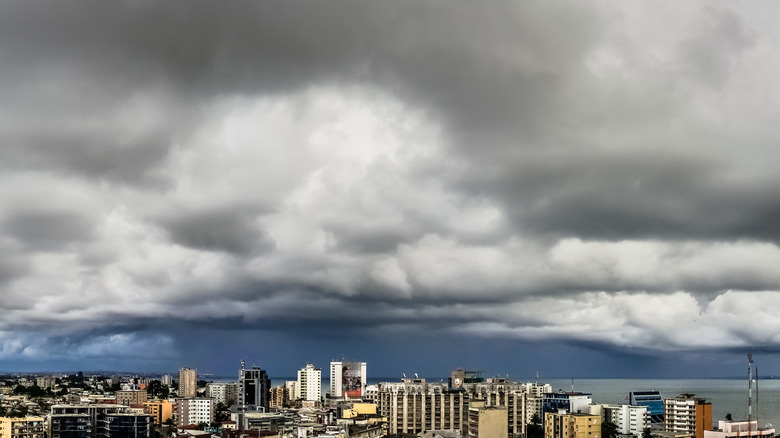
Gabon, a nation rich in oil and covered in lush rainforests located in Central Africa, boasts a long expanse of beautiful coastline along the Atlantic Ocean. With French as the official language—a legacy of its colonial past—the main urban center, Libreville, lies approximately 13 miles south of the expansive Akanda National Park. Despite political unrest hampering efforts to boost Gabon’s struggling tourist sector, there remain numerous attractions worth visiting. In Libreville, tourists can unwind at spots like La Pointe Denis beach and Casino Croisette. Additionally, visitors have easy access to breathtaking rainforests nearby. Those interested might take guided excursions into Akanda National Park, home to elephants, gorillas, and more than 650 bird species.
Upon returning to our base, we find ourselves captivated by the magnificent Notre Dame de Lourdes Cathedral and the vast Sibang Arboretum, which is both charming and expansive. For those willing to embark on a lengthy journey of about 300 miles inland, the Chutes Kongou waterfall awaits—a breathtaking natural wonder that ranks among Africa’s finest sights. However, when considering humidity levels, the atmosphere feels somewhat less invigorating; it stays persistently damp throughout all three hundred sixty-five days of the year. Although spending time along the coast can offer respite from this moisture, exploring the depths of the forest continues to be quite challenging. Nevertheless, witnessing these incredible aspects of nature firsthand makes enduring several warm, humid nights worthwhile, particularly for visitors interested in experiencing what Gabon has to offer.
Cebu City, Philippines

The Philippines consists of an impressive 7,641 islands, with just over one-quarter being home to human settlements. This country boasts secluded shores, deep cultural heritage, stunning landscapes, and vibrant urban centers aglow at night. It can be divided into three primary areas: Mindanao, Luzon, and the Visayas region. Within the Visayas lies the city of Cebu.
an amazing location featuring spectacular beaches and cascading waterfalls.
The downtown area is situated roughly 9 miles away from the city’s international airport. It boasts a populace exceeding one million residents and continues to be a favored travel spot due to its mix of seaside allure and urban history. In fact, every year, the island of Cebu attracts more than five million visitors.
Travelers frequent the numerous harbors and coves scattered across the many islands surrounding the main area, where scuba diving and snorkeling remain perennially favored pastimes. In other locations, visitors can admire the historic Basilica Minore del Santo Niño, one of the nation’s oldest places of worship, before heading out via canoe to the picturesque Kawasan Falls. For those seeking less strenuous experiences, lounging on vast expanses of beach provides an ideal option. Climatically speaking, anticipate daily high humidity throughout the entire year; notably, over 248 days see conditions deemed particularly intense. The climate remains consistently warm, typically peaking above 90°F during the daytime and seldom falling beneath 75°F overnight.
San Pedro Sula, Honduras
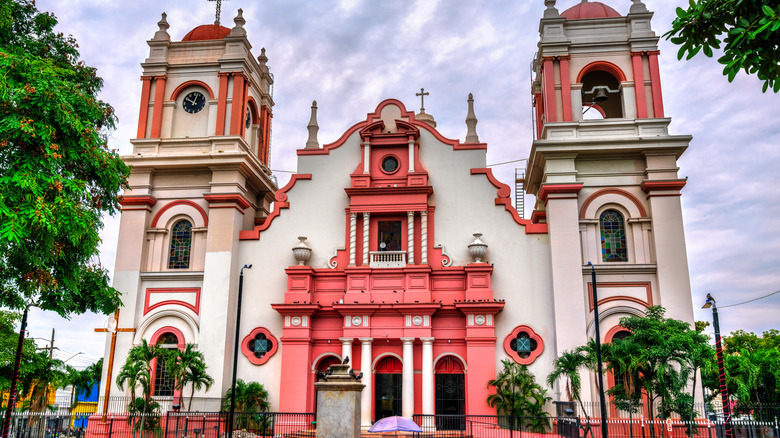
Bordered by Nicaragua to the south, Guatemala to the north, and El Salvador to its west, Honduras’ long stretch of Caribbean coastline makes it a popular holiday destination for those seeking a slice of heaven. Around 2 million tourists flock there every year, with close to half arriving via cruise ships that make stops at popular locations, such as the coral-fringed island of Roatan. San Pedro Sula is only 9 miles northwest of its international airport and is regarded as more of an industrial capital than a tourist hub.
Still, it’s an important transportation center, and visitors drawn to crowd-pleasing sites, such as the UNESCO heritage ancient Mayan ruins of Copán, might find themselves passing through. High humidity occurs 363.5 days of the year, making the city the crowned queen of Central American mugginess. As with Colombia, there is a travel advisory warning in place at the time of writing. Such warnings should be taken seriously, and it’s always a good idea to perform a quick check before booking a vacation.
Macapá, Brazil
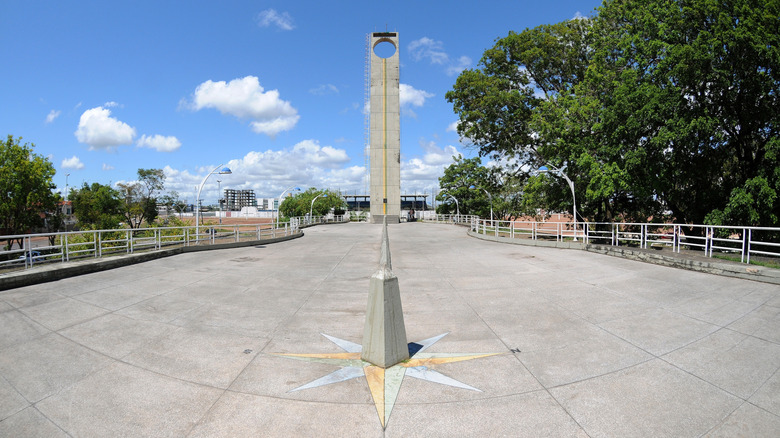
The fifth-largest nation globally by landmass is Brazil. This vast country houses Earth’s biggest tropical forest, the Amazon Rainforest, sprawling over approximately 2.5 million square miles. Given that most of Brazil sits below the Tropic of Capricorn—with just the top part reaching into the temperate climate region—it experiences extremely humid conditions due to these geographical factors.
However, Macapá is located on the equator line (which passes right through the city) within the northern part of the Amazon Delta. In this place known as the midway point of the Earth, people congregate at the renowned Marco Zero landmark to capture obligatory selfies showing them in both hemispheres at once.
There are numerous other attractions worth exploring, such as a brief stroll around the impressive São José Fortress, which was constructed in the 18th century by the Portuguese to deter possible intruders. The bustling central market pulsates with aromas and offers an incredible experience. Additionally, the Sacaca museum honors the heritage of the indigenous Amapá people. Lastly, witnessing the sunset over the majestic Amazon River should definitely be on your list of things to do.
All of which brings us to the humidity. There are probably steamier parts of the Amazon you could find yourself in, but when it comes to cities, Macapá has the rest of Brazil beat. With 365 days of uncomfortable humidity, including 208.4 days of extreme stickiness, this city can be a challenge for some. There are no beaches to speak of, so a hotel with air conditioning and a pool is something of a must.
George Town, Malaysia
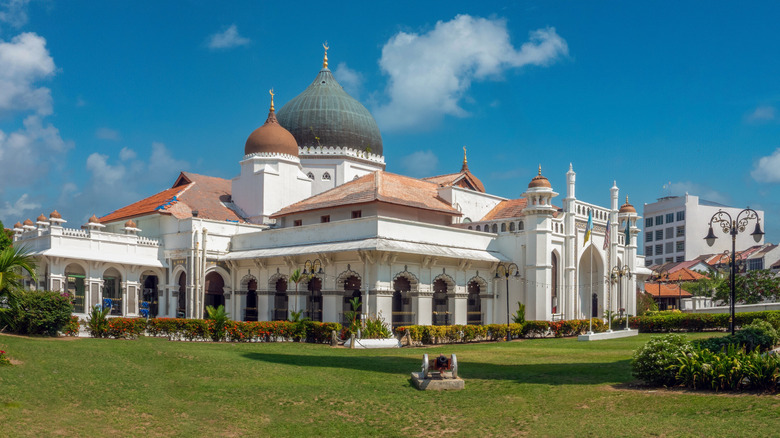
Located in Southeast Asia, Malaysia consists of two main parts: Peninsular Malaysia to the west and the island of Borneo to the east. Situated on a smaller island near the peninsula’s northern tip, George Town lies approximately 10 miles from Penang International Airport. Due to its position within the Tropic of Capricorn, the city experiences significant levels of humidity all year round. This moisture-rich environment is maintained by the warm currents of the Malacsa Strait, which contribute to extremely humid conditions lasting up to 223.3 days annually.
Don’t let the warmth deter you from experiencing everything that Penang Island has to offer. Travelers can avoid the sticky humidity of the urban areas by venturing into cooler highlands, where they can enjoy numerous parks. Forest paths lead to serene beaches, and eateries specialize in blends of Nyonya, Jawi, and Peranakan cuisine, crafting exclusive meals not found elsewhere. Additionally, the night scene pulses with vibrant street art characteristic of the city. As you stroll through the UNESCO World Heritage sites of George Town, the oppressive heat becomes more bearable.
Santo Domingo Este, Dominican Republic
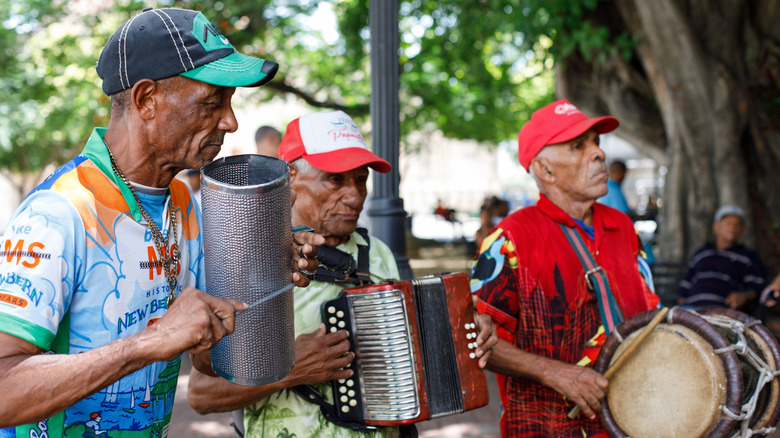
Christopher Columbus’s voyages seem intricate from today’s perspective. On October 12, 1492, he reached land initially believed to be in the Bahamas, though some argue this could have been either the island now known as San Salvador or another called Samana Cay. A year after his initial landing, he established the first town named La Isabela, whose remnants persist within present-day Dominican Republic borders. In 1497 came the founding of Santo Domingo, making it the earliest enduring European colony in the Western Hemisphere.
Today, the city is one of the most modern and vibrant places in the Bahamas. It is a place of upscale malls and street-level market stalls. The white sands of Boca Chica are just a short drive away, and tourists flock to view the stunning Columbus lighthouse, which is a mausoleum built in honor of the famed r. Meanwhile, island guests are treated to a vast array of fine Dominican cuisine and a nightlife that continues apace at breakneck speeds. Indeed, the city itself offers all the cultural attractions you would expect when visiting such a diverse and historically soaked locale.
There is, of course, a catch. It’s kind of humid year-round. For 362.5 days a year, the weather remains uncomfortably moist. The town’s inland location means that little relief can be found, and it is advisable to stay somewhere near the coast and trek into the city at night to enjoy all that it has to offer.
Douala, Cameroon
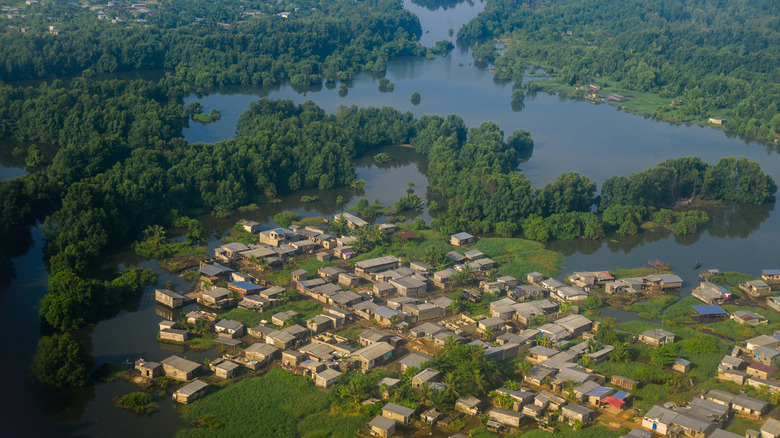
The cultural and ethnic diversity of Cameroon has often led to it being referred to as Africa in miniature. A veritable hotspot of ecological variety, Cameroon is up there with some of the most ideal destinations for eco-conscious adventures. Situated on the Atlantic coast, it shares borders with Nigeria, Gabon, and the Republic of the Congo. Its capital, Yaoundé, is eclipsed in size only by the nation’s principal port, Douala. The city is an economic hub. However, between the long working hours and seemingly endless flows of goods lies a town that is at peace with its own eclectic heritage.
To its north sits the town of Nkongsamba, famed for its Ngondo festival and the Ekom Nkam waterfalls. To its south rests the Pongo Songo Island, a refuge for orphaned chimpanzees. The heat is brutal year-round, with 364.9 days of uncomfortable humidity and few ways of cooling off available aside from seeking higher elevations.
Read the
original article on
.

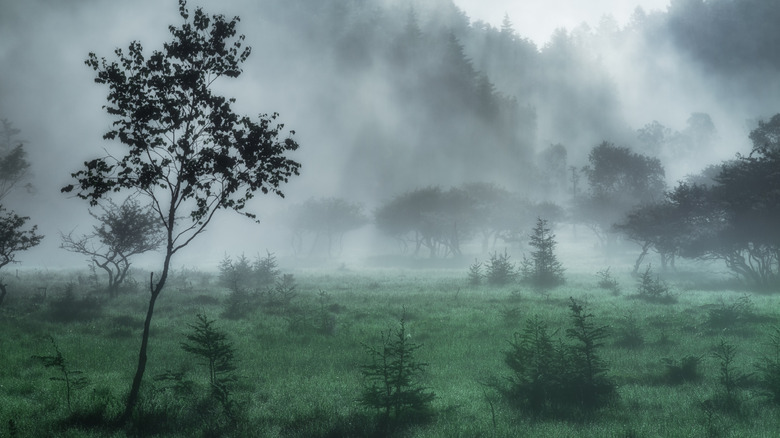


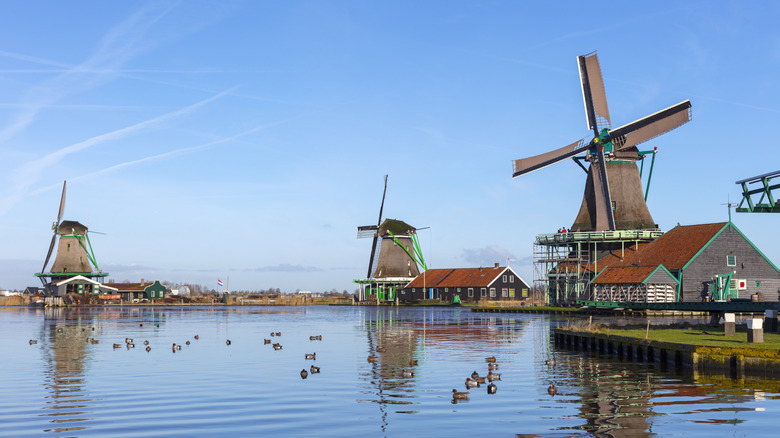


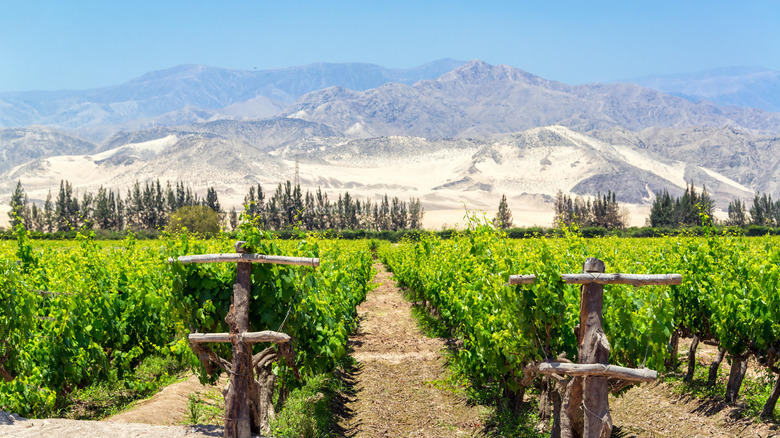



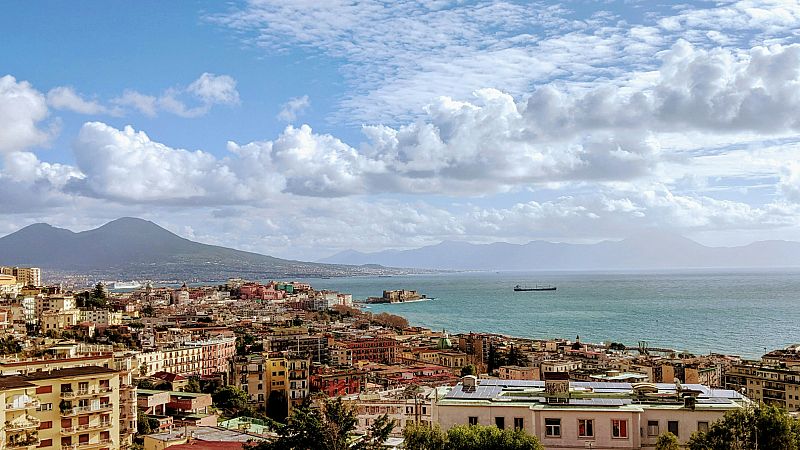


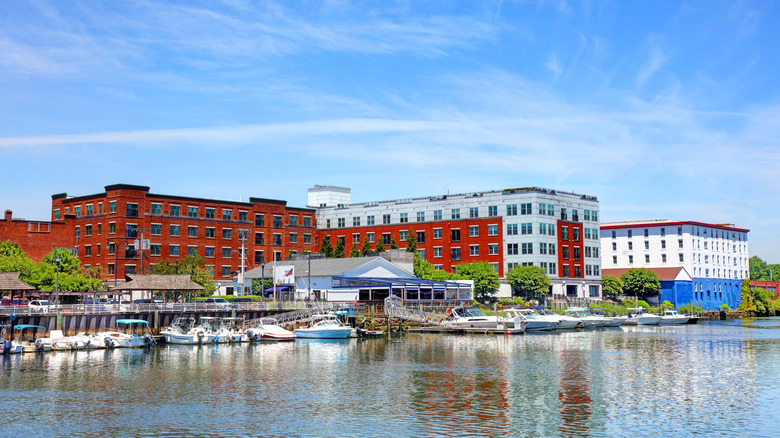


Leave a Reply